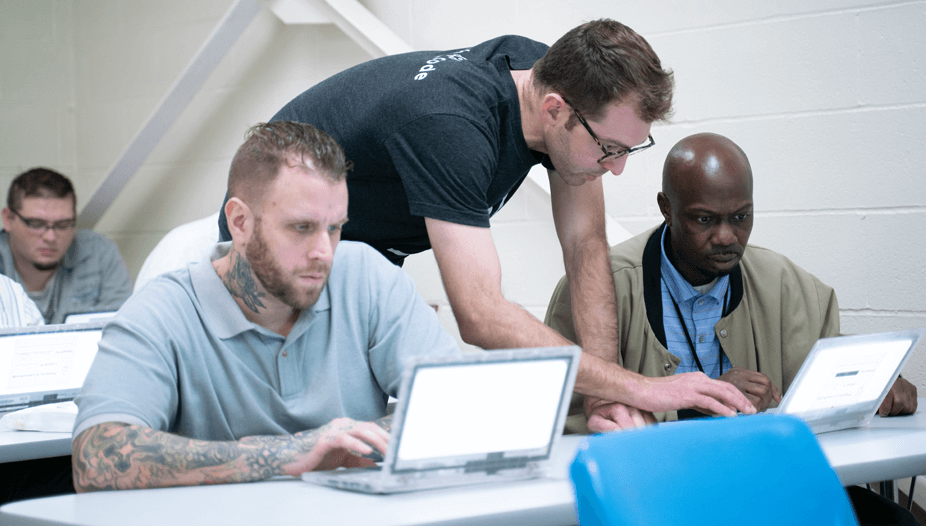
The expansion of Pell Grant eligibility to incarcerated learners can potentially transform postsecondary education in prison, but only if we’re prepared to meet the challenges — and opportunities — that accompany this historic moment.
Seizing a Historic Moment for Incarcerated Learners
With the restoration of Pell Grant eligibility for incarcerated learners slated for summer 2023, questions remain. Are program providers ready for an influx of new students? Does the infrastructure exist to maximize this new funding and share best practices?
To address these questions, we recently awarded a grant to the New England Board of Higher Education in convening the Commission on the Future of Higher Ed Behind Bars in New England. While research demonstrates that postsecondary prison education programs are one of the best ways to support the re-entry and long-term success of incarcerated learners who can take advantage of them, demand for postsecondary education in prison far exceeds existing programs’ capacity.
This innovative regional commission brings together postsecondary education leaders, corrections decision-makers and elected officials in New England. They are working to address the challenges and opportunities of postsecondary education delivered within the region’s prisons. Resources produced from this grant should yield more robust and aligned state- and region-level policies and practices to improve offerings and outcomes for incarcerated learners.
As part of our efforts to expand postsecondary education in prisons, we seek to create bridges between postsecondary education, corrections systems, employers and community-based organizations. Projects like this go a long way toward fulfilling that promise. They should create the conditions for more incarcerated learners to meet their education and workforce training goals in 2023 and beyond.










